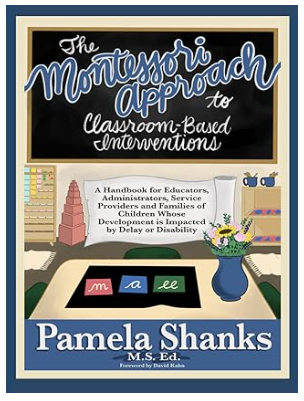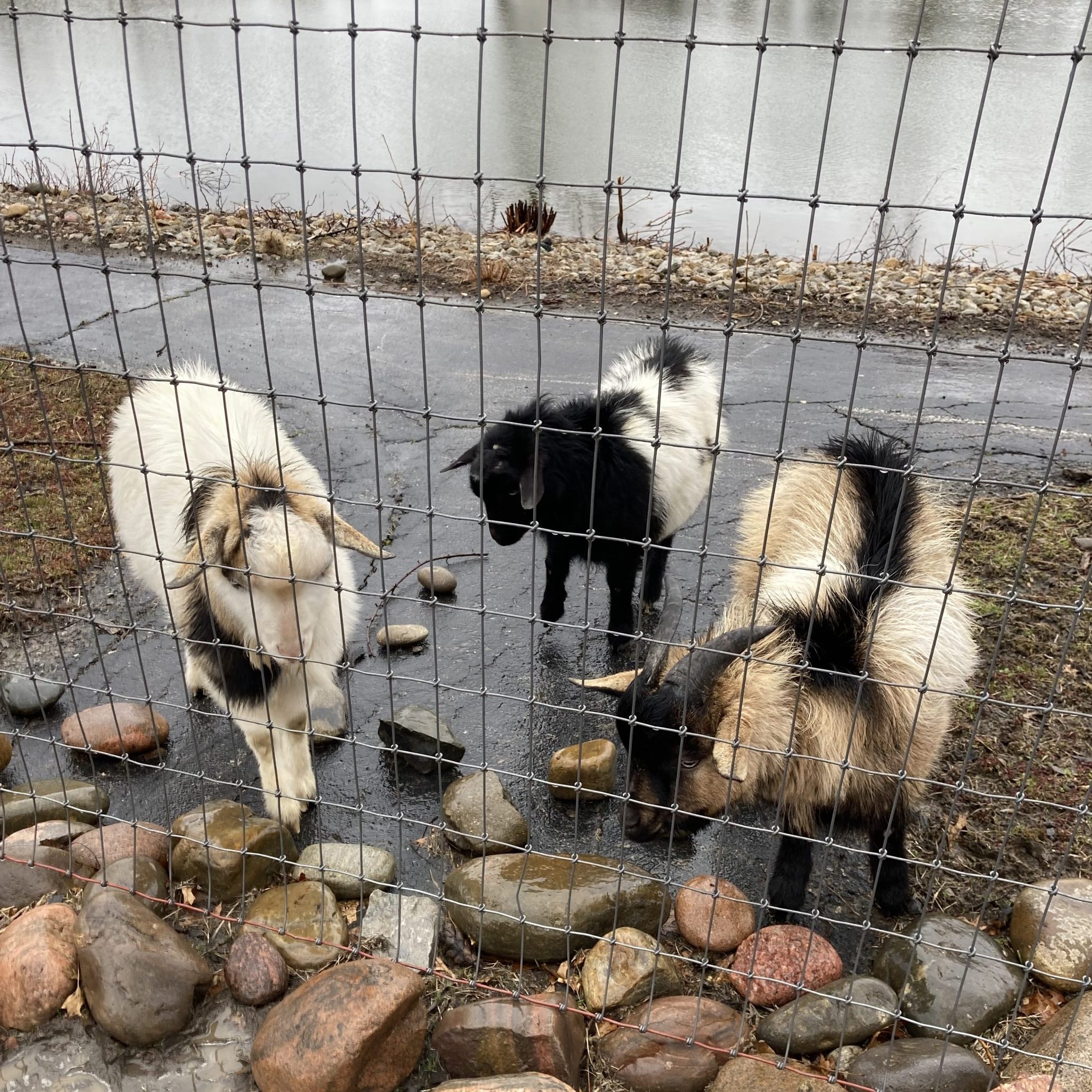by Jennifer Baker Powers
Spring is often referred to as a time of growth and rebirth. Just as the grass becomes green again and the buds come back out on the trees and flowers, humans experience change and renewal. Sometimes, that growth isn’t easy. There are many clichés and quotes we are all familiar with such as “what doesn’t kill you, makes you stronger” or “stuck in a rut” and talk of “growing pains”. What all of these sentiments have in common is the idea that although change can difficult and maybe even scary, we usually come out the other side having learned from the experience.
Spring and the upcoming end to the school year is a time of transition for many children. Many students are looking at moving on to a new grade or a new classroom or a new level. Maybe even a new teacher or school. It is our inclination as loving parents to want to make these changes as smooth as possible for our children and there are steps we can take to support them in the process.
Remain Positive
As we all know, the adults in a child’s life are often the barometer for his or her own emotions. If you project positivity and excitement about upcoming changes, chances are your child will feel that way too. With younger children, let them know how excited you are about the new opportunities and that you have confidence in the adults who will guide them. Even if you have reservations and are nervous yourself, if your child senses that you are happy and secure, his emotions will mirror yours. Try to keep conversations positive, focusing on the new that lies ahead, rather than what is being left behind.
With older children, allow them to express their concerns or fears about a new situation and listen without dismissing worries, even if they are not that rational. Try to stick to the facts. Acknowledge that yes, it will be different and that feelings of loss are normal but try to steer the conversation back to all of the new opportunities and experiences ahead.
Reflect on the Past
It is helpful to remind your child that she “can do hard things.” Reminisce about another time when something was challenging, what it felt like at the time to overcome and what it feels like to look back on that now. “Remember when you were learning to ride your bike? You fell off a lot. Your knees were always so bruised! But you kept trying and things got easier. Now look at you! You just hop on your bike and go!” or “Remember when you wanted to say something at class meeting but were nervous? You found your voice and helped solve a problem with your classmates. That was very brave!” Children liked to be reminded of their accomplishments and are able to learn the value of self-reflection quite early.
Help your Child Pack the Toolbox
Discuss with your child strategies for managing anxious moments and then role-play how to use them. Talk with your child about breath control and slowing down that parasympathetic part of his nervous system that is the fight or flight response. It is beneficial to help children recognize what physical symptoms might manifest from those big feelings and then offer a way to handle them. Talk about materials that he will see in a new classroom that he remembers from his own. For parents of a toddler moving up, maybe draw a little heart on the back of her hand so if she gets worried, she can look at it and know that you are thinking of her too. Remind children of their trusted adults and encourage them to say “hi” or write a letter. (From past experience, the children most nervous about leaving my classroom always asked to come say hi or visit. However, when the time came, they rarely needed to, because the moment was right for growth.) It is the natural order of things.
Be Prepared
One of the truest lessons of the Montessori method, is to prepare a child ahead of time for what is to come. Children often misbehave or act out when they are unsure of what is going to happen. Talk your child through the part of the routine that might be different. “When you were in Primary, I used to walk you to your classroom. In the elementary, you get to walk in by yourself. I will stand here and wait for you to wave to me through the window. We are both going to be so proud!”
Remember that growth and change, even when difficult, are learning opportunities for you and your child. As is human nature, once we are past the moment, reflection leads us to see that we learn as much, if not more, from when things are a little bumpier than we would like. There is a Chinese proverb, which as proverbs always do, that holds so much truth: “When the winds of change blow, some people build walls and others build windmills.” May your child harness the wind.







